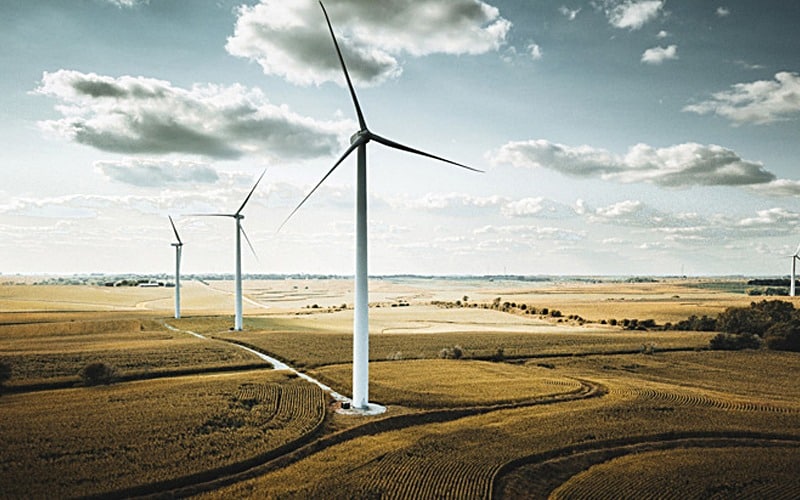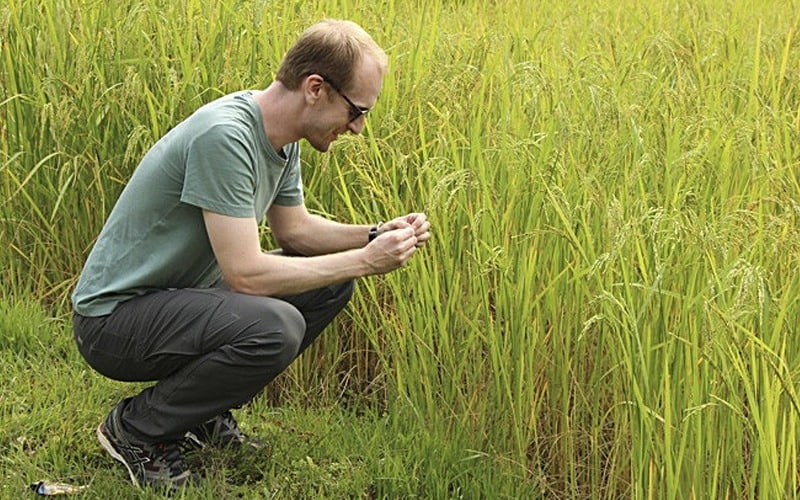 Research & Discovery
Research & Discovery
A Blog Devoted to UD Innovation, Excellence and Scholarship
Research & Discovery
A Blog Devoted to UD Innovation, Excellence and Scholarship
Living with the wind
ABOVE: A new UD study shows that people who live close to wind power projects prefer those over energy alternatives. | Photo by iStock
UD study finds people prefer wind turbines as neighbors over other energy plants
A new University of Delaware study examined the attitudes of people who live in close proximity to wind power projects to see if they prefer those projects to energy alternatives, such as a central power plant— fueled by either coal, natural gas or uranium — or a commercial scale solar installation.
UD’s Jeremy Firestone and an undergraduate student, Hannah Kirk, used a publicly-available dataset from a Lawrence Berkeley National Lab study to assess the opinions of individuals who live within 8 kilometers of a wind turbine to gain insight into their energy preferences.
They found study respondents strongly preferred their local wind power project to any of the alternatives being located at a similar distance, regardless of the political, geographic or economic characteristics of the state in which those respondents lived.
Overall, the study showed that approximately 90 percent of respondents prefer their local wind project to a central power plant sited at a similar distance regardless of fuel. Furthermore, of the approximate two-thirds who have a preference, the local wind power project was preferred over a commercial-scale solar installation by approximately three to one.
The results of the study were published Monday, March 18 in the journal Nature Energy.
Firestone, professor in the College of Earth, Ocean and Environment’s School of Marine Science and Policy and Director of the Center for Research in Wind, said that there have been studies of comparative preferences with regards to wind power before, but they focused on people who lived far away from wind turbines.
“Those studies measured opinions regarding generation facilities located 40 to 160 kilometers away,” said Firestone. “At those distances, people are more likely expressing general attitudes regarding technologies rather than how those technologies affect them at the level of community.”





